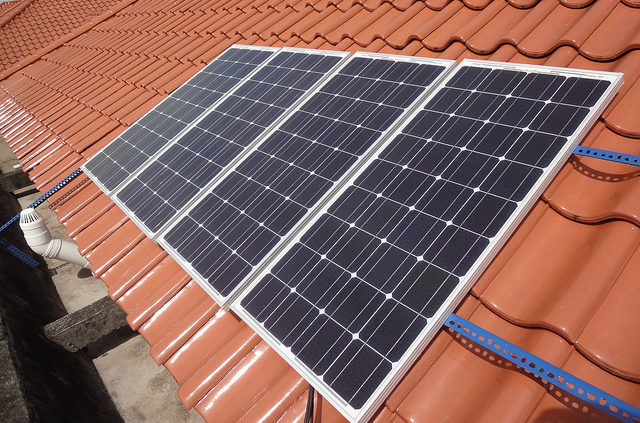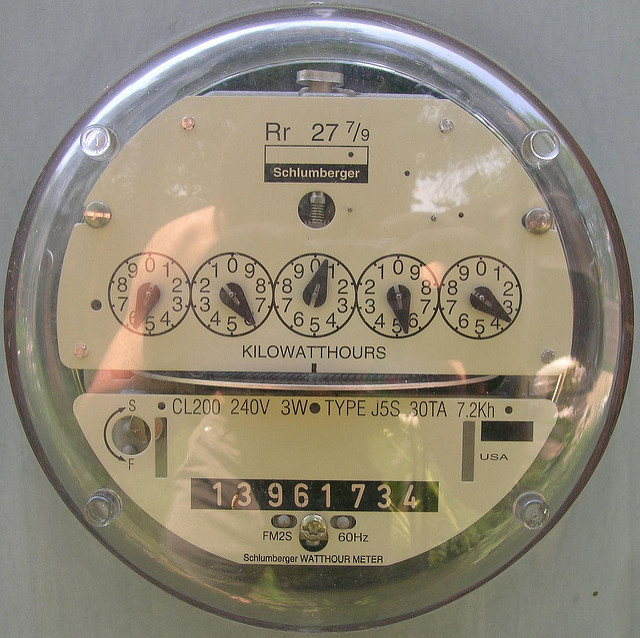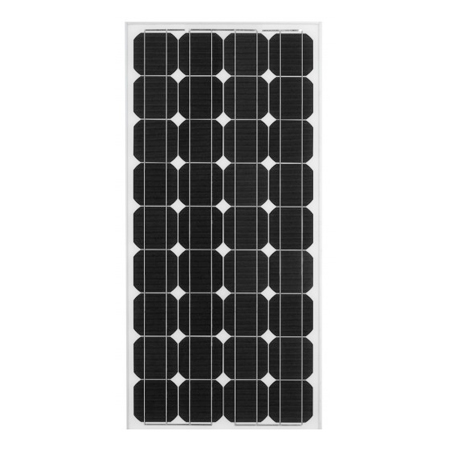
You’re here because you’ve heard the benefits of residential solar panels. Namely, lowered energy bills and decreased carbon footprints. You know the basics of how solar energy systems work – they convert sunlight into electricity for your home. Are you wondering how many solar panels will be enough to power your home? And if you have enough space to make it worth it? Read on and we’ll discuss everything you need to know about the size of solar panels, how many you’ll need, and what type of power production you can expect.
What Size Solar Energy System Do I Need?
First off, you’ll need to evaluate how much energy you typically consume in a given month. Knowing this will help you calculate how big of a residential solar energy system you’ll need to install. Keep in mind that your energy consumption will fluctuate given the time of year and where you live. You’re going to use up a lot more energy during hot summer months and during the dead of winter when your air conditioning unit and your heater are likely running non-stop, compared to in the fall and spring when the outside temperatures are more mild and don’t warrant as much electricity to run your heating and cooling units.

The average household in the United States consumes about 11,000kWh of electricity per year. And the average size of solar energy systems installed in most homes is 5kW. To break it down a little further, one kilowatt hour (kWh) is equal to 1000 watts of power used in one hour. You’ll need to gather data from your utility bills over the last year, and most utility companies will calculate your average automatically if you ask, to determine what your average monthly/yearly rate of energy consumption is. This will inform how many solar panels you’ll need to install in your home to equip your energy needs.
How Many Solar Panels Will I Need?
In general, if we’re going on the national average of 11,000 kWh of electricity used annually, and use 250 watt solar panels, we can estimate that the average home will need about 28 to 34 panels to generate enough solar energy to power the home.
How big are these solar panels? Physically speaking, the panels are about 65 inches by 39 inches for residential installations and they weigh about 40 pounds per panel. Solar panels used for commercial sites are a little bigger, but that’s because commercial buildings are usually larger and can contain the size of the panels. Residential panels are smaller in size and weight because they are mainly designed for a home roof, which would need to be able to bear the weight and size of the panels themselves.

Each panel will typically contain about 60 solar cells. These solar cells are what convert the sunlight into direct current electricity. The photons from the sun react with electrons released in the solar cells to generate electricity. Something called an inverter, which is part of your solar system, will then take this direct current electricity and convert it into alternating current electricity, the type of electricity needed to power your home appliances.
Most standard solar panels are between 230 and 275 watts. As stated above, based on the average amount of energy consumption per year and the standard solar panel wattage, this equates to about 28 to 34 physical solar panels that will need to be installed at your house. Just because this is how many panels you’d need to cover 100% of your energy consumption, this does not mean how many panels you’ll be able to physically install. To calculate this, you’ll need to know the size of your roof. If the most standard size solar panels are 17.5 square feet, and you have about 385 square feet of roof to install solar panels that will maximize the sunlight consumption, you can fit about 22 panels on your roof.

But, wait. This won’t cover 100% of the energy your home consumes. That’s okay. Nearly all residential home solar energy system owners are still connected to the grid. And it’s for this purpose. When you do not have enough energy converted from your solar panels to power your home, you can draw from the grid to power your home. In this way, you’ll only pay the utility company for the small amount of power you used from the grid, instead of needing 100% of it from the grid. The other great thing about solar systems is that if you produce more solar energy than you can consume in a given day, that excess is given back to the grid and the utility company will give you credit (read: money off your utility bill) for feeding your solar energy into the grid. Essentially, you can still come up with a $0 energy bill if what you return to the grid is more than the amount you take from it.
How Much Energy Will My Solar Panels Produce?
The key to answering this question is based on a number of factors, namely where you live and the time of the year. If you live in a state with high rates of sunshine (think California, Arizona) then you’ll be able to generate a lot more energy from your solar panels compared to someone living in Seattle.

In addition to this, the time of year will have a big impact on how much energy is produced. This is because when days are shorter in the winter, the amount of sunlight you have access to will be less than in the summer when the days are longer.
Other factors that can affect the amount of energy your solar panels will produce are related to the positioning of your home. If you live in a really shaded lot, then your panels will not be able to produce as much power as someone who lives in the middle of a wide open field with no trees in sight. The key is figuring out what is the best positioning for your solar panels given your landscape, the slope of your roof, and the position of your house.

For an example, if you install 22 265-watt solar panels on your roof, you’ll generate about 5.83kW of electricity, leading to production of 6,366 kWh per year. What’s that mean dollar-wise? Based on average utility rates, expect your cost savings to be over $700 that year! Multiply that over the life of the system and you’ll understand why so many people are going solar! In an average of five short years, you’ll enjoy a 100% return on investment and at least 20+ more years of pure savings.

